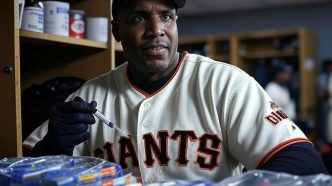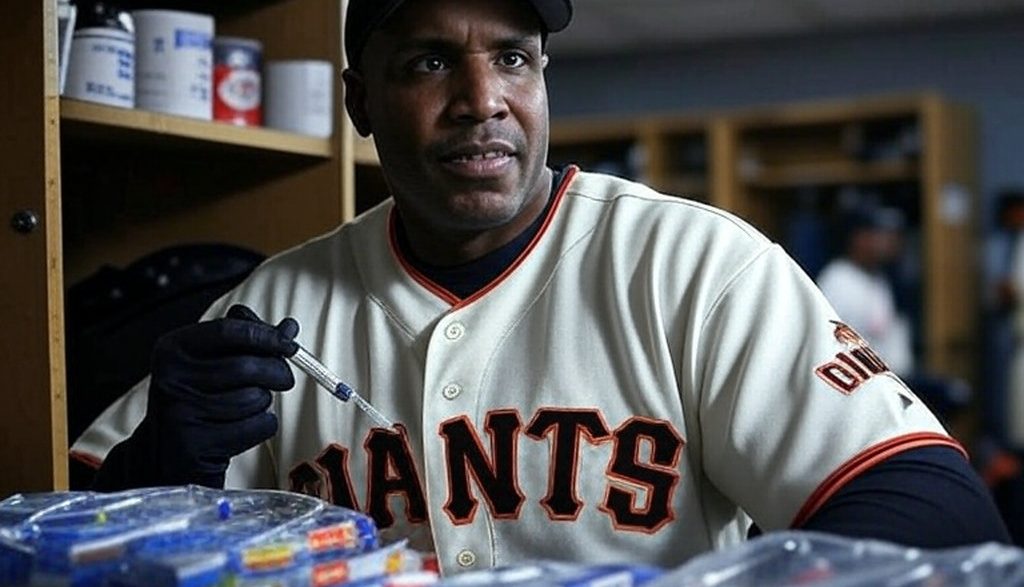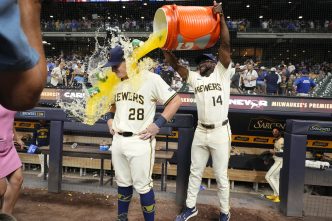Baseball is often regarded as America’s pastime, steeped in traditions, rituals, and those oft-debated unwritten rules that form its backbone. In a world where change is generally slow to evolve within Major League Baseball (MLB), we’re witnessing a notable shift, largely driven by Commissioner Rob Manfred. His goal? To ramp up scoring and undoubtedly boost fan engagement.
Yet, amidst these efforts to modernize the game, one hallowed institution has remained resolute: the Baseball Hall of Fame. This is a place where even the most fervent supporters of “old-school” baseball find common ground. The selection process is rigorous, requiring a player to receive 75 percent of the votes to gain entry—something that has only been achieved once unanimously, by Mariano Rivera in 2019.
While the foundational criteria for Hall of Fame induction remain unchanged, a new possibility lies on the horizon for candidates who once seemed unlikely to earn their spot in Cooperstown.
In a significant ruling on May 13, just a day before Pete Rose day at Cincinnati’s Great American Ball Park, Manfred announced that players banned from the game due to gambling—Rose among them—would be eligible for Hall of Fame consideration, but only posthumously. The logic is straightforward: as Manfred pointedly stated, “Obviously, a person no longer with us cannot represent a threat to the integrity of the game.”
This development naturally raises questions about another group of players making headlines in the Hall of Fame conversation: those linked to performance-enhancing drugs, particularly Barry Bonds.
Now, Bonds finds himself in a different scenario than Rose—he’s eligible for the Hall but still hasn’t secured enough votes primarily due to his past transgressions with steroids and the associated character clause voters reference. This distinction invites a broader discussion about how the Hall of Fame evaluates players with complicated legacies.
Let’s be clear: Bonds’ decision to use steroids was ill-advised and against the rules. But do we really believe that this should definitively bar him from a place among baseball’s greatest? Setting moral arguments aside, one glance at Bonds’ pre-steroid statistics reveals a career that already deserves Hall of Fame recognition.
In the 13 seasons prior to him allegedly beginning steroid use, Bonds achieved remarkable feats:
- Cranking out 411 home runs alongside 445 stolen bases, making him the only player to ever reach the illustrious 400/400 milestone.
- Getting on base 3,324 times.
- Garnering three MVP awards, eight Gold Glove accolades, and seven Silver Sluggers.
- Repeatedly posting a Wins Above Replacement (WAR) of 8.0 or more across eight different seasons.
- Slashing an impressive .290/.411/.556.
Without a doubt, those numbers paint the picture of a Hall of Fame caliber player well before any whispers of steroids entered the conversation.
Then we have the later years of Bonds’ career, where his performance soared to legendary heights, packing the record books with astonishing statistics that seem to defy gravity.
Beyond the jaw-dropping numbers, Bonds also had a significant cultural impact on baseball, drawing in fans and breathing new life into the sport during a pivotal era. The National Baseball Hall of Fame’s own welcome message encapsulates this sentiment perfectly: “The figures immortalized here inspired generations. Pioneers and builders of dynasties. They left their mark, brought fans together, and made dreams come true.”
Bonds personifies this narrative. His effect on the game—even if stained by past controversies—transcends mere statistics. He united a generation of baseball enthusiasts and revitalized interest in the game during crucial years.
As the Era Committee evaluates candidates like Bonds, it would be shortsighted to overlook both his monumental achievements and lasting influence on the sport. The Hall of Fame shouldn’t merely be a reflection of purity in character but also a testament to excellence and the profound impact players have had on baseball as a whole.







